- Having a high porosity hair type means your haircare routine may need to differ from those with other hair types.
- Taking measures such as deep conditioning, using low or zero heat, and applying oils will help keep your hair moisturized and bouncy.
- Scheduling treatments and hair trimmings more frequently can keep your hair from looking dull.
- Finding hair products specifically made for high porosity hair will keep it looking hydrated and healthy.
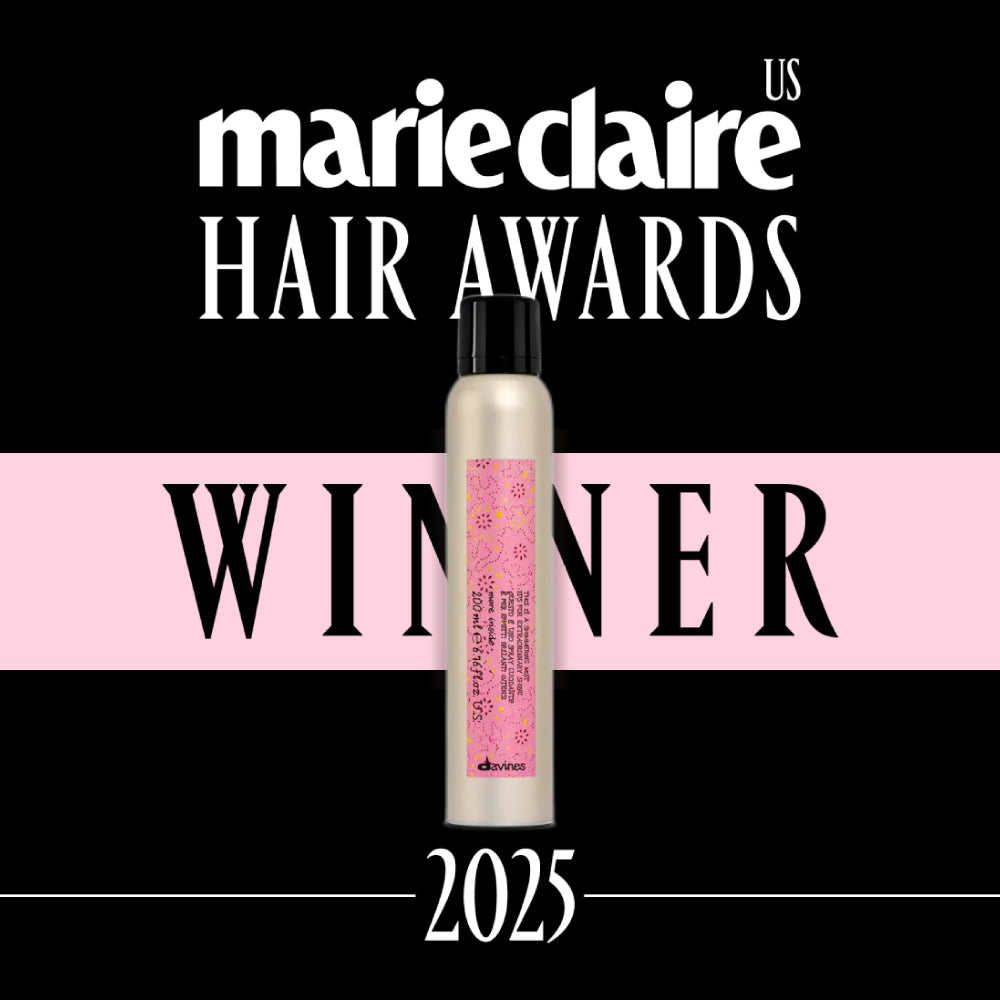


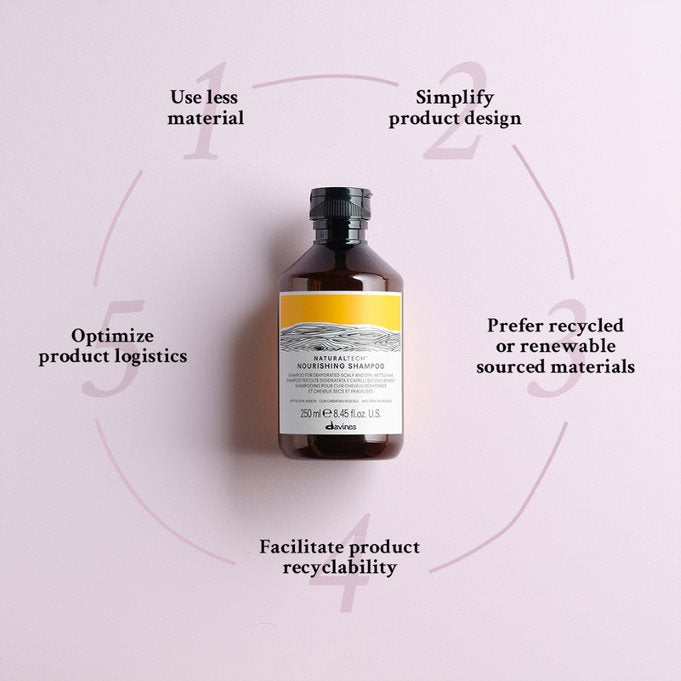
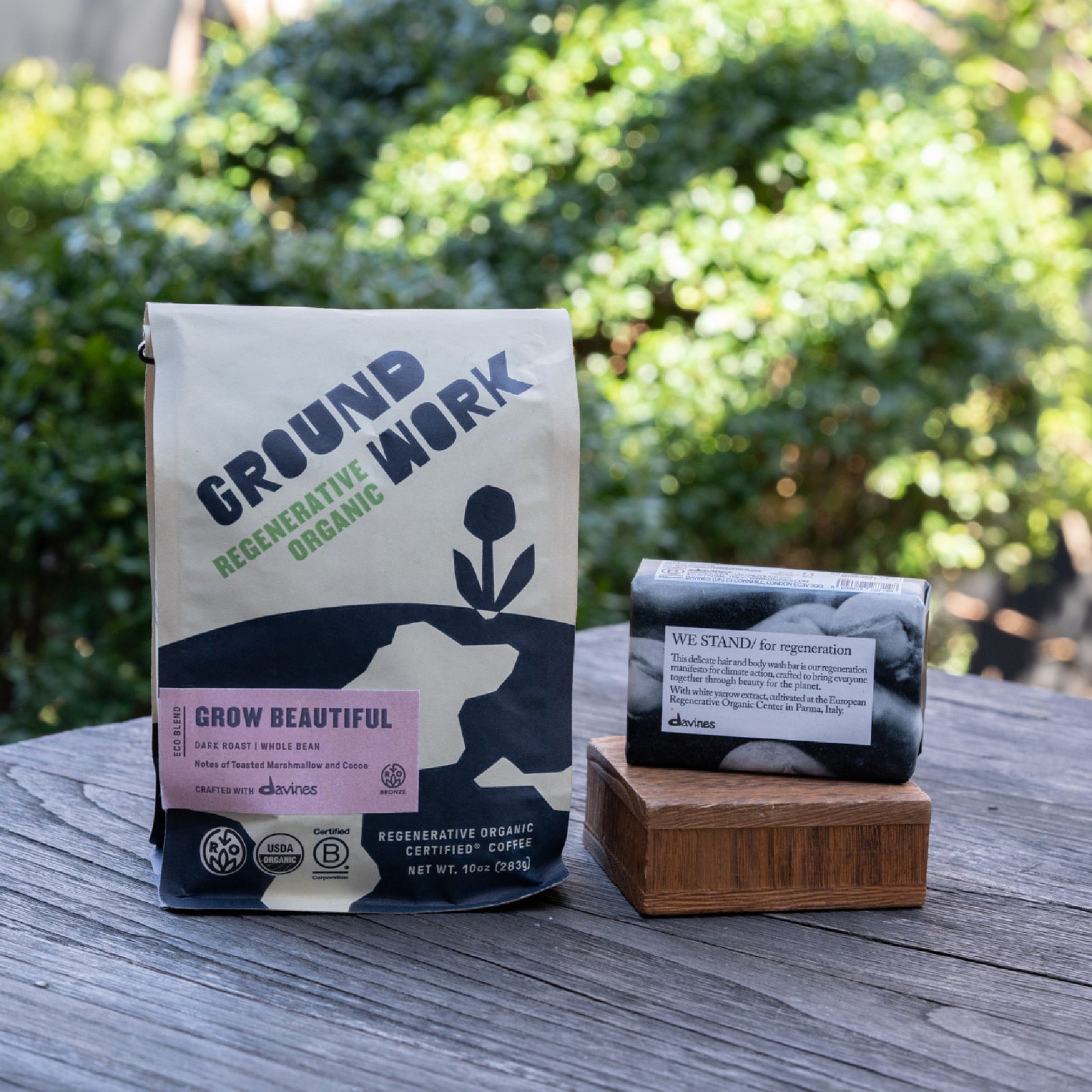
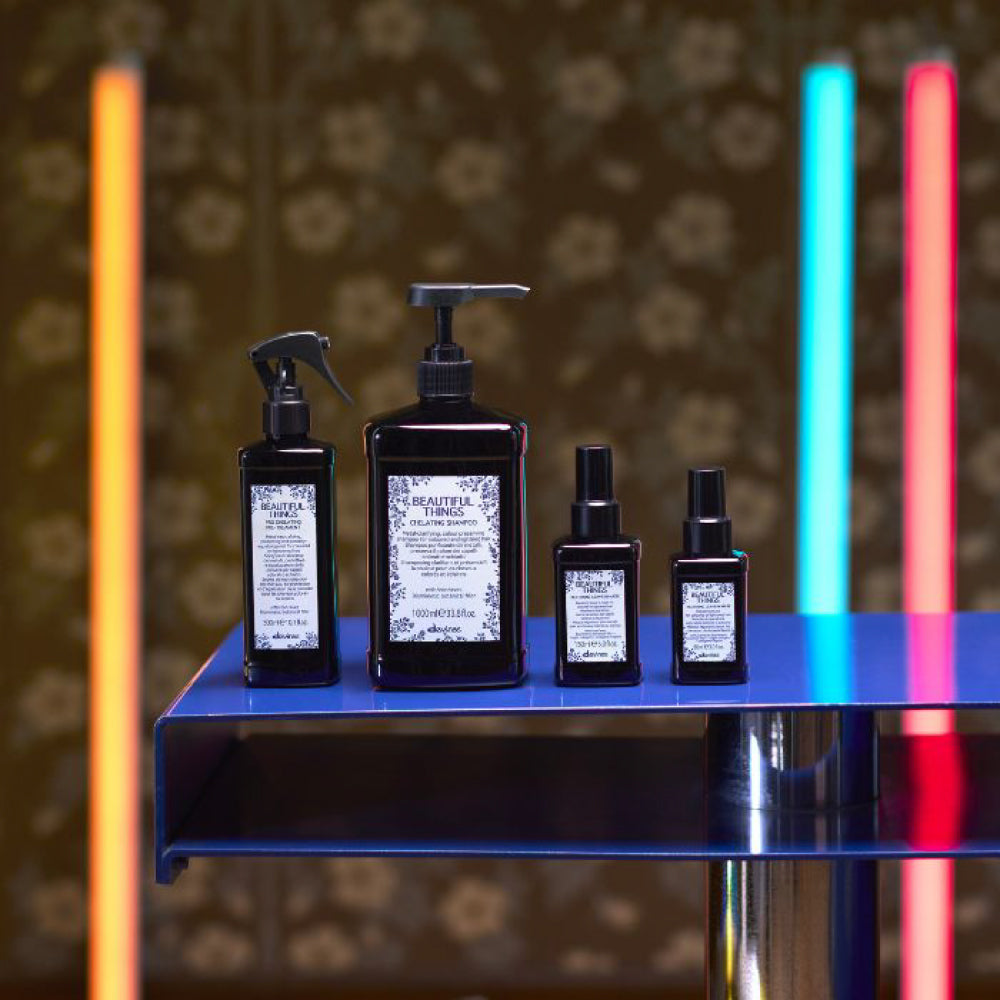

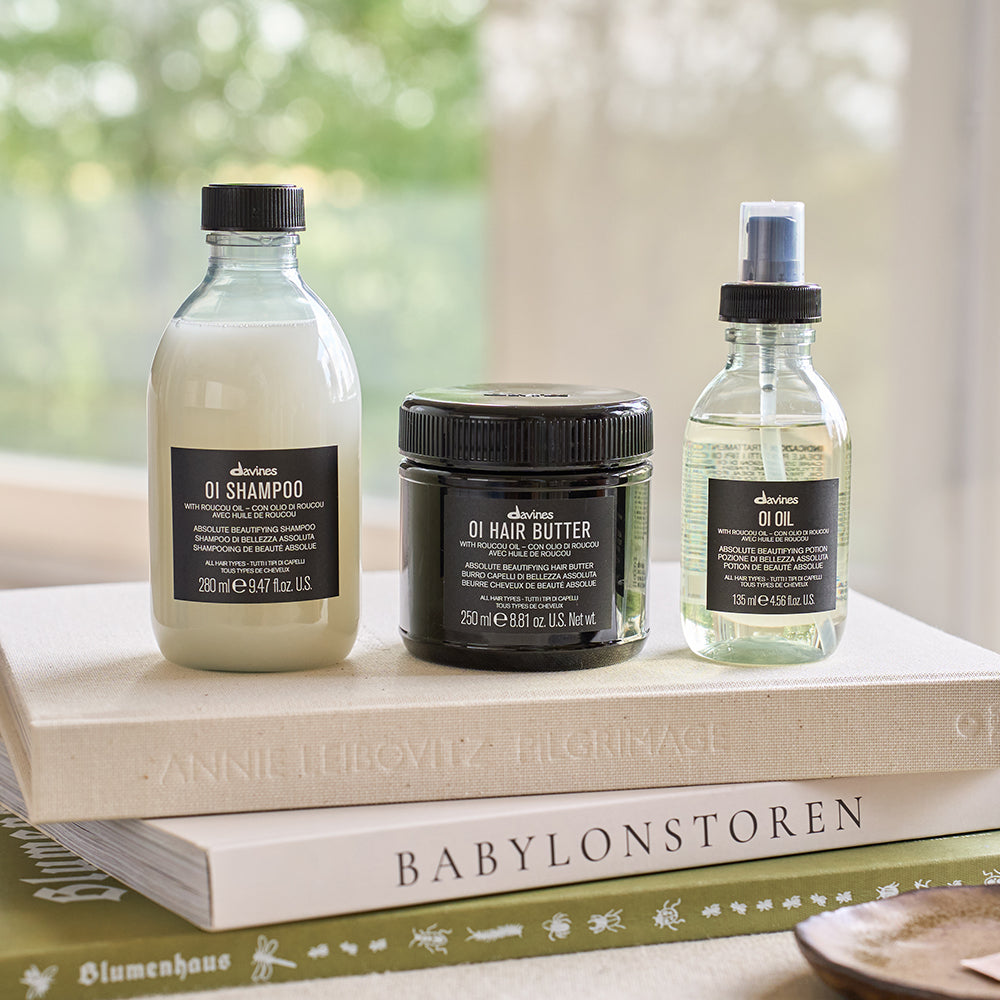
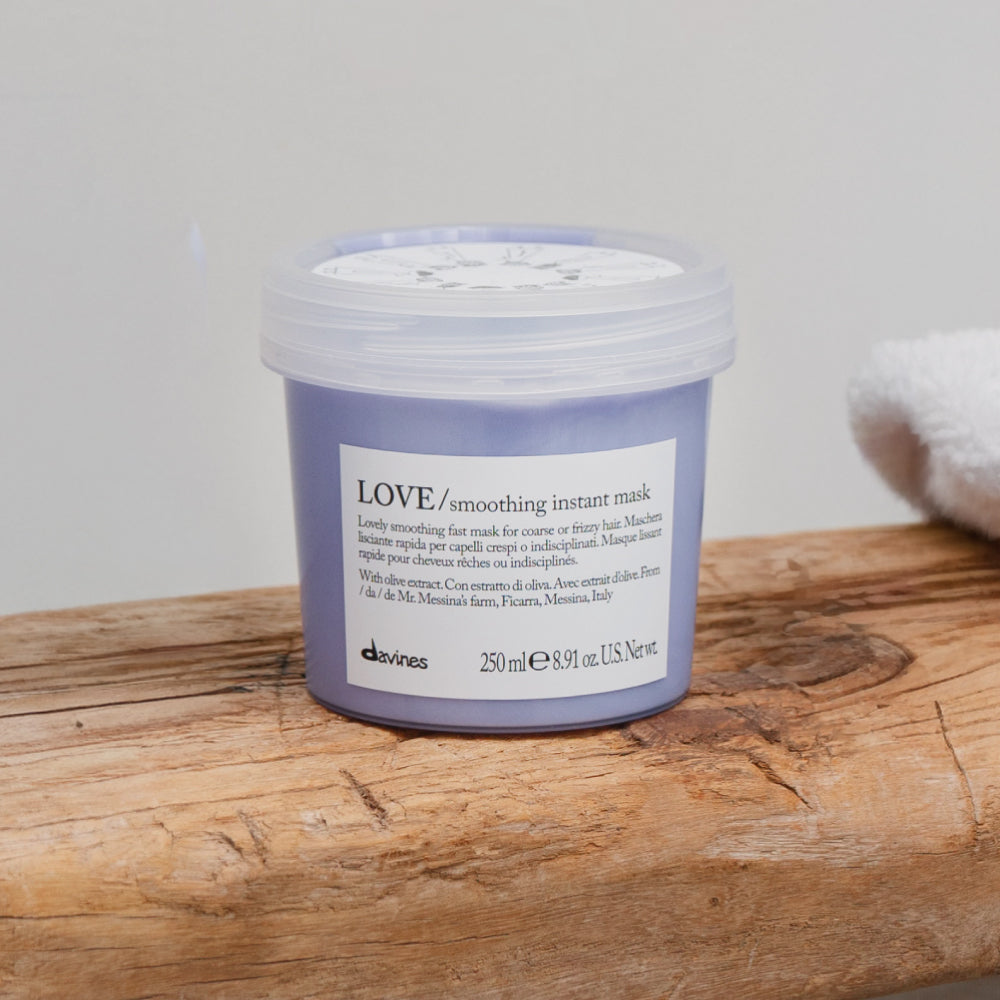
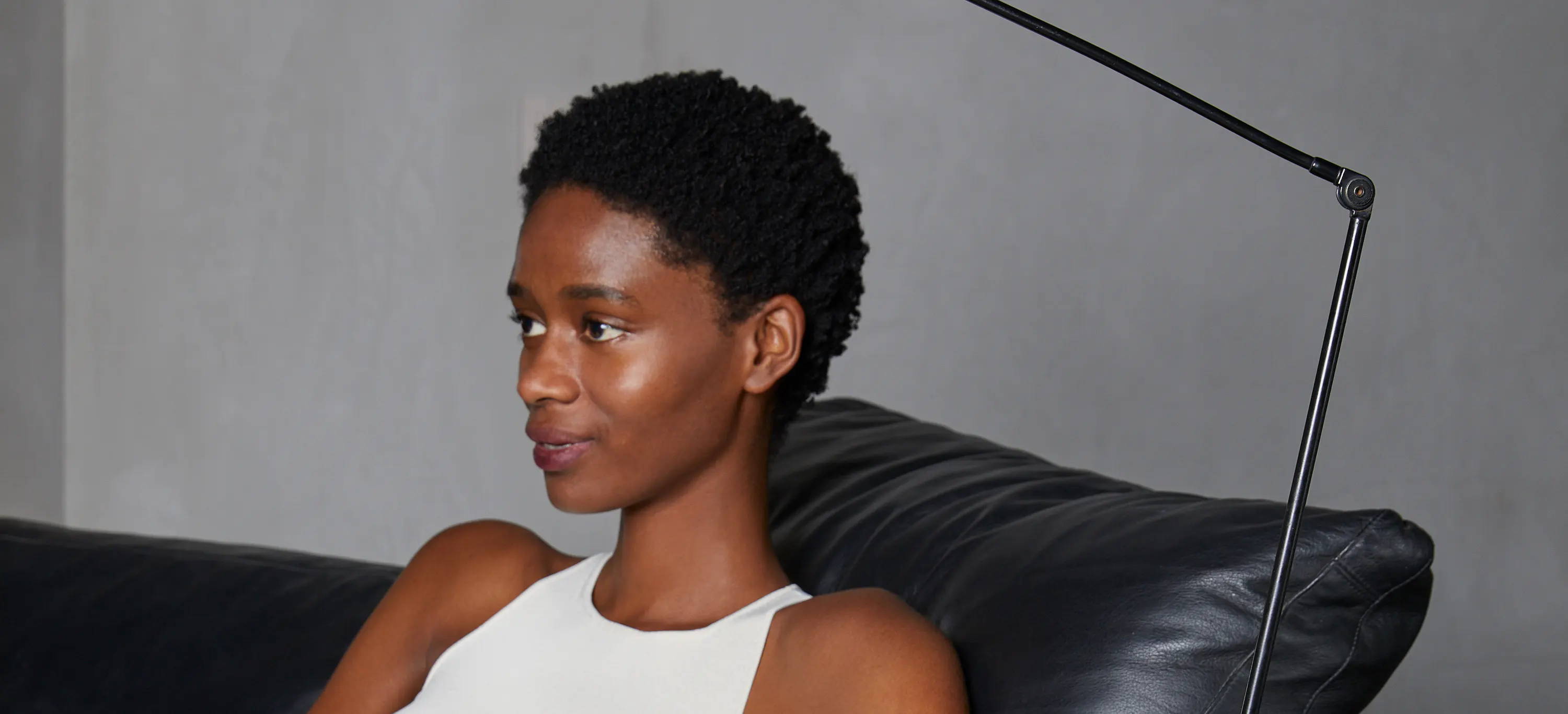
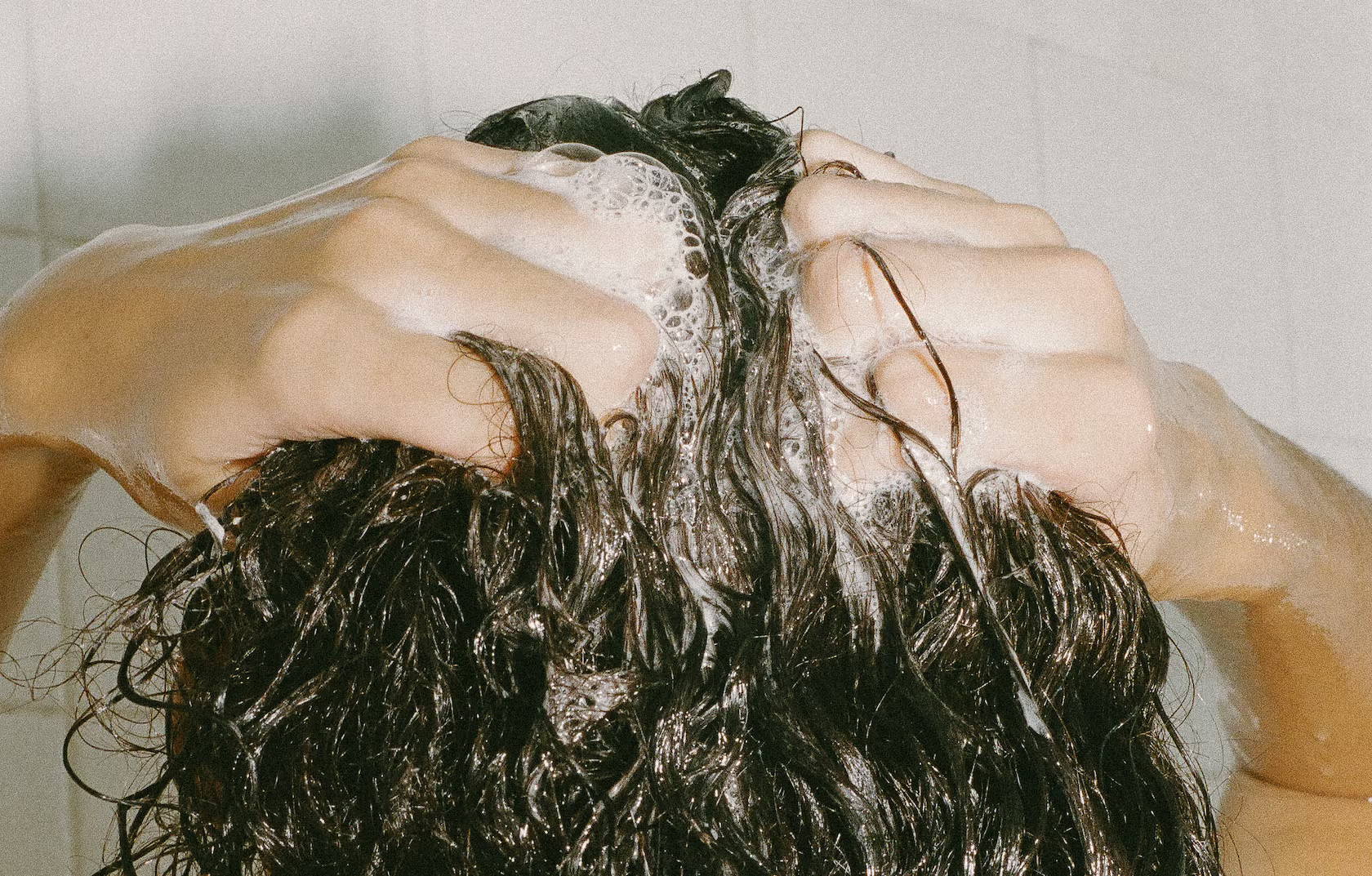
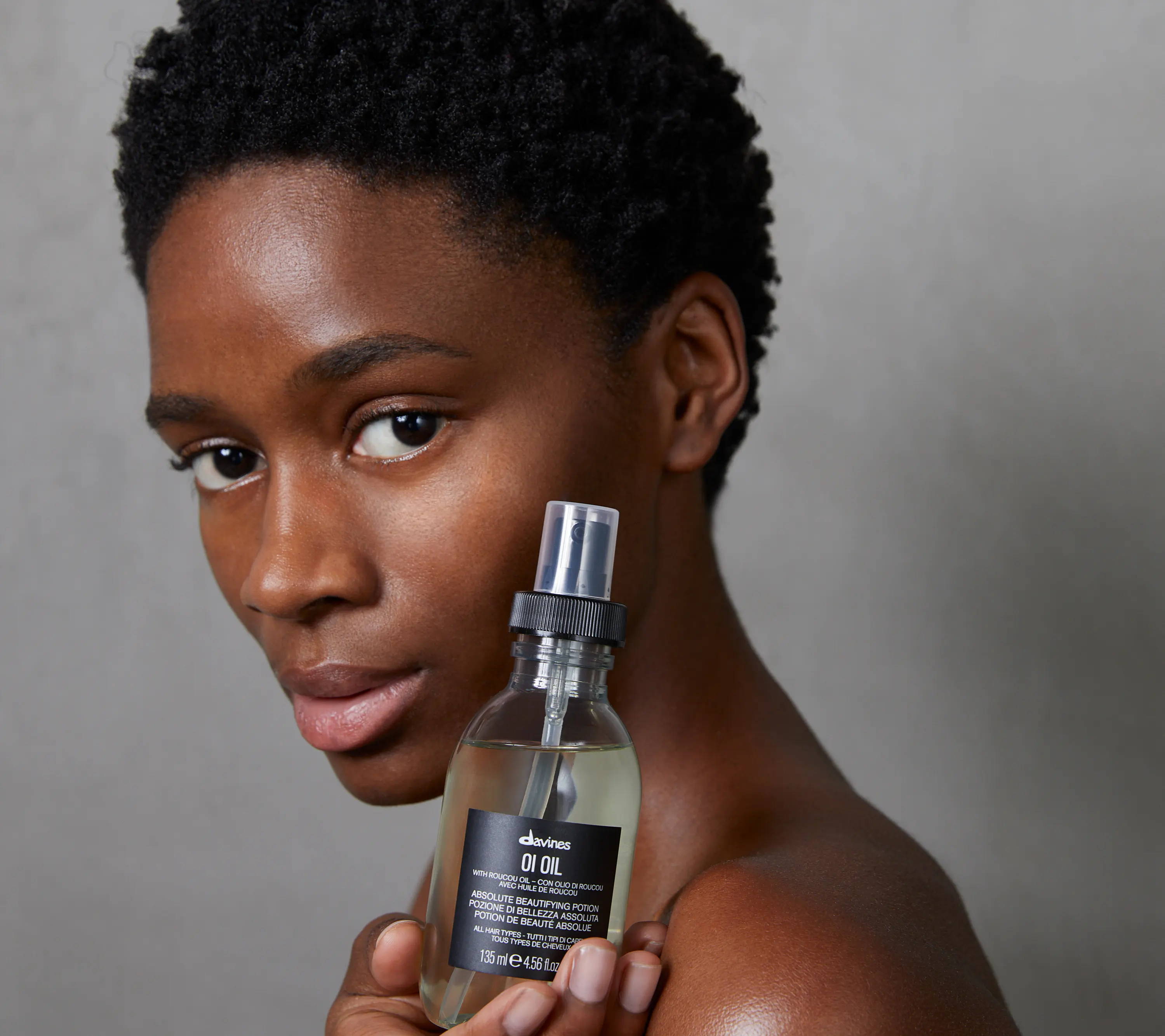

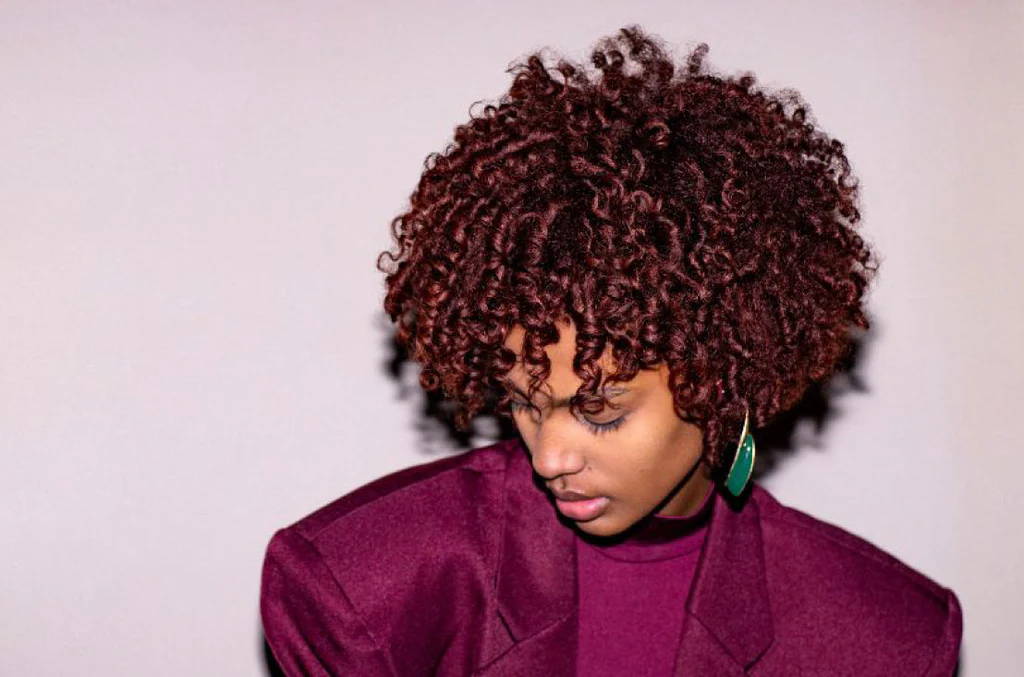

1 Comment
1 Response
Elina Tsinavou
November 29, 2023
Hello, i am currently using tha Oi shampoo, conditioner and mask, i was thinking of purchasing tha Love smoothing shampoo and conditioner,is it ok fir frizzy and medium fine hair? Is it more heavy shampoo than the Oi series?I have to tell you that i love your products and i am happy to use them
Leave a comment
Comments will be approved before showing up.